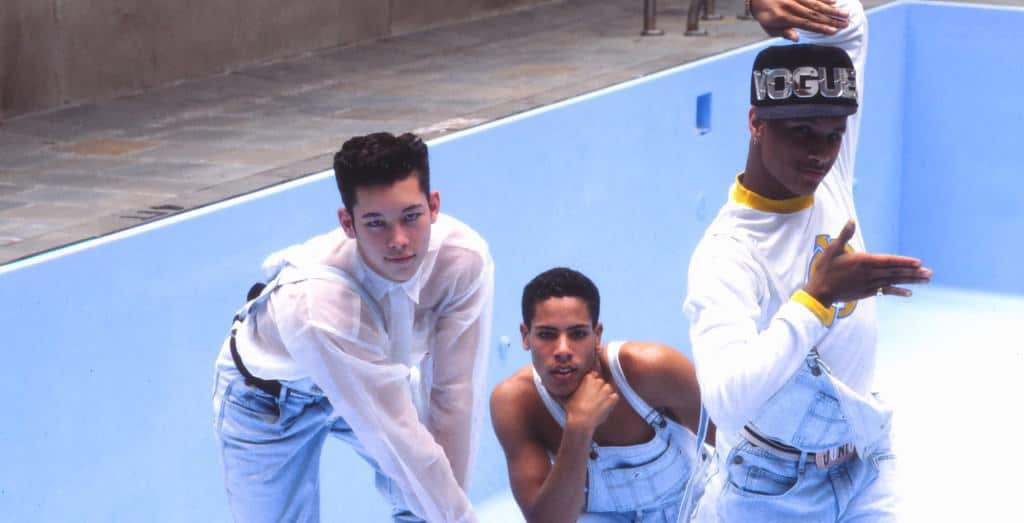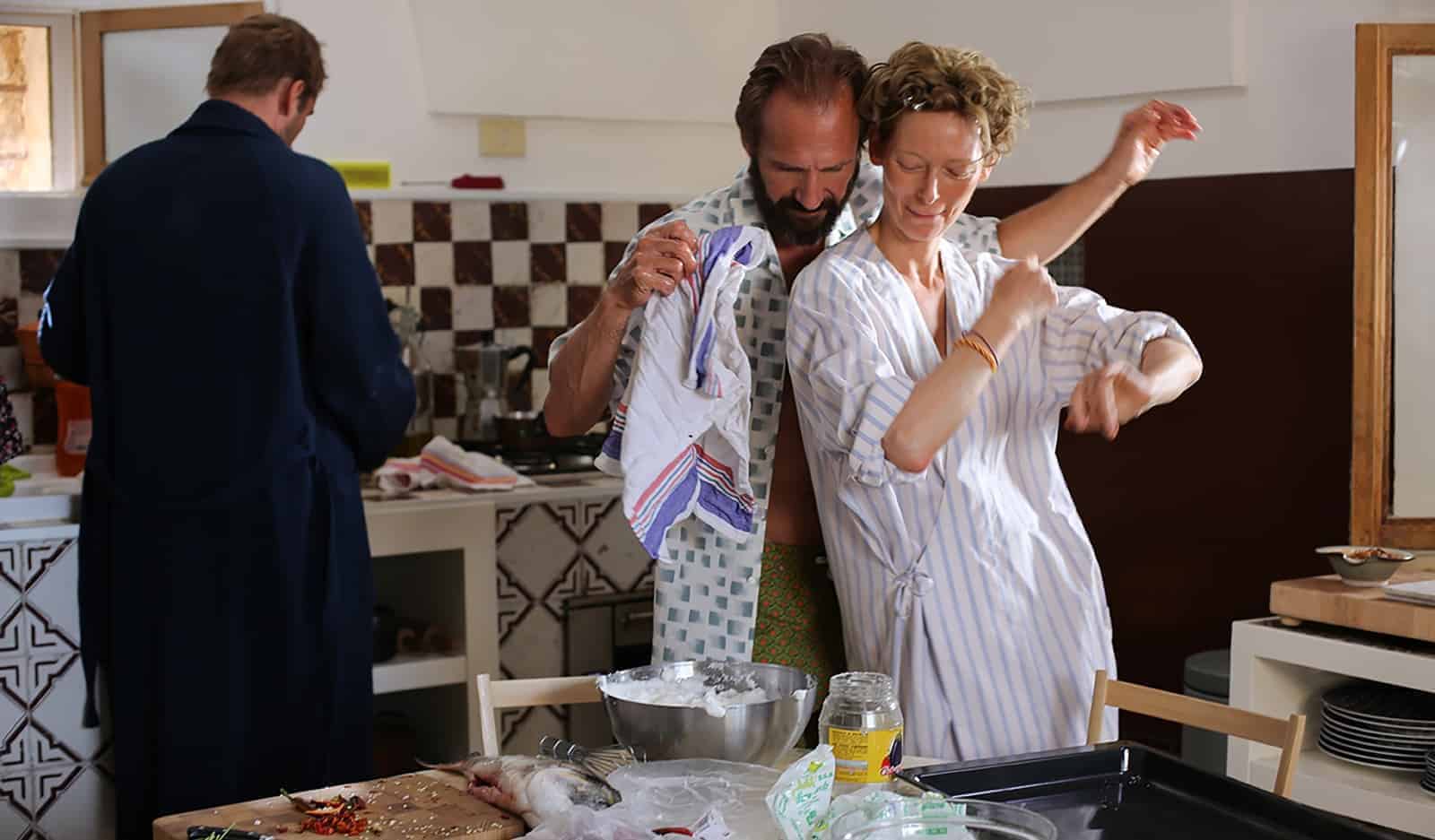Despite being a rather niche subject, two documentary films about vogueing competed in the Panorama Documentary section at this year’s Berlin Film Festival.

Despite being a rather niche subject, two films about vogueing competed in the Panorama Documentary section at this year’s Berlin Film Festival.
Vogueing is a dance style that emerged out of Harlem ballroom culture in NYC in the 1980s. Named after the famous fashion magazine Vogue, it is characterized by angular movements that imitate models’ poses on fashion catwalks. Vogueing was created and practiced by a community of predominantly poor, predominantly black and latino gay and trans people in New York City, who lived in family-like ‘houses’ and competed for prizes in vogueing competitions. This dance style was popularized in 1990 both by the documentary Paris is Burning and by Madonna’s male dancers on her provocative Blonde Ambition tour.
While Madonna more or less appropriated and repackaged vogueing for the mainstream, Paris is Burning sought to unveil the roots and reality of the minority community that created this dance style. Paris is Burning itself was not unproblematic — controversy over exploitation and cultural appropriation surrounds the film to this day. Nevertheless, this film stands as the seminal documentary on vogueing with which all other films on the subject will be compared.
Paris is Burning exposed the extent of an alternative community — with impressively precise organisation — that never sought to be accepted by the mainstream. Strike a Pose, however, goes behind the scenes of a cultural moment that ended the isolation and secrecy of the vogueing communities, in order to defend the idea of being “out and proud”. Through the vogueing dancers of Blonde Ambition, Madonna presented an image of total openness and courage. But Strike a Pose illustrates that the reality was often far from the pop star’s imagined space where one could be open about one’s sexuality without fear of judgement or discrimination.
Madonna’s idealistic message inadvertently concealed a wide range of nuanced experiences. Both ultra famous and extremely secretive, the dancers of Strike a Pose were in many ways embodiments of the idea of “the closet.” Their pride in being “out” implies that being “in” the closet is shameful. But this rejects the often very real and sensible reasons why some gay people refuse to come out. Intercutting footage from the concerts with interviews with the dancers reflecting in the present day, we learn that some of them felt like they could not realistically afford to come out: they feared rejection from their friends and families and often did not want to speak out about contracting AIDS. In this sense, Strike a Pose is very direct and gripping in how it addresses “the closet” and the sometimes traumatising emotions it may create.

Kiki takes a different approach to vogueing: it focuses on the current “Kiki” scene in New York City. Strikingly similar to Paris is Burning, the film follows a few dancers as they prepare themselves for dance battles. Director Sara Jordeno interviews them about their upbringing, how they live with their “outsider” status as gay or transgender people, and why they vogue. The protagonists of Kiki, in their early 20s, are much younger than those of Strike a Pose, which makes the film feel rather repetitive: each subject has had relatively similar experiences both in the past and with voguing. As there is no clear timeline to their stories like there is in Strike a Pose, there is less structure and dramatic tension in the film.
Kiki serves as a reminder that in parts of American and Western society, minorities are still rejected from the mainstream on the basis of dated, racist, and homophobic prejudices. After Paris is Burning and Madonna’s Blonde Ambition tour, one may have expected Western culture to adopt more progressive politics. Instead, Kiki proves that 25 years after Paris is Burning, some drag queens, gay, lesbian, and transgender people still need such insular communities to survive.

